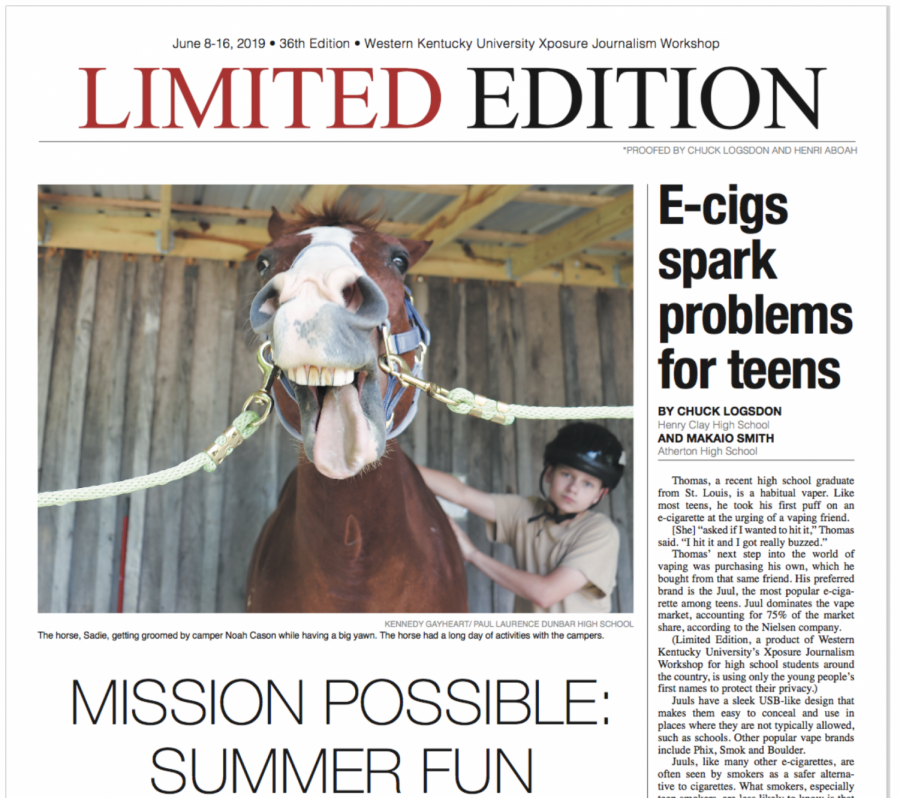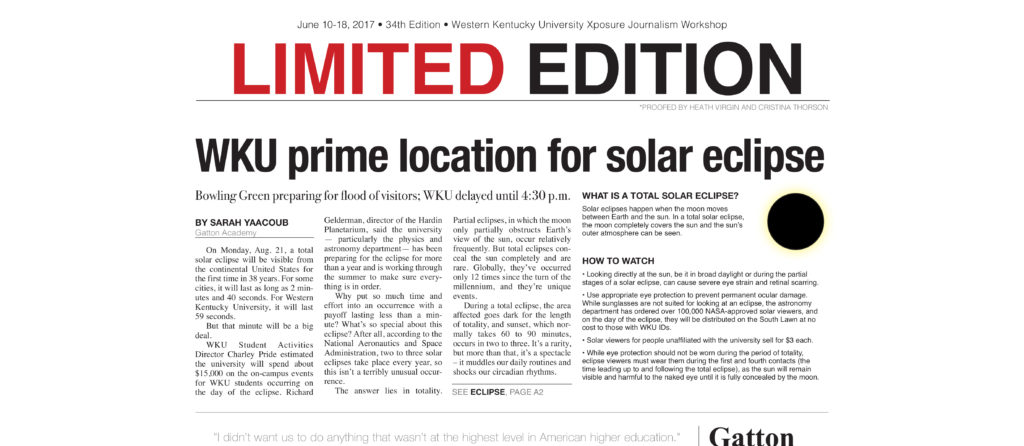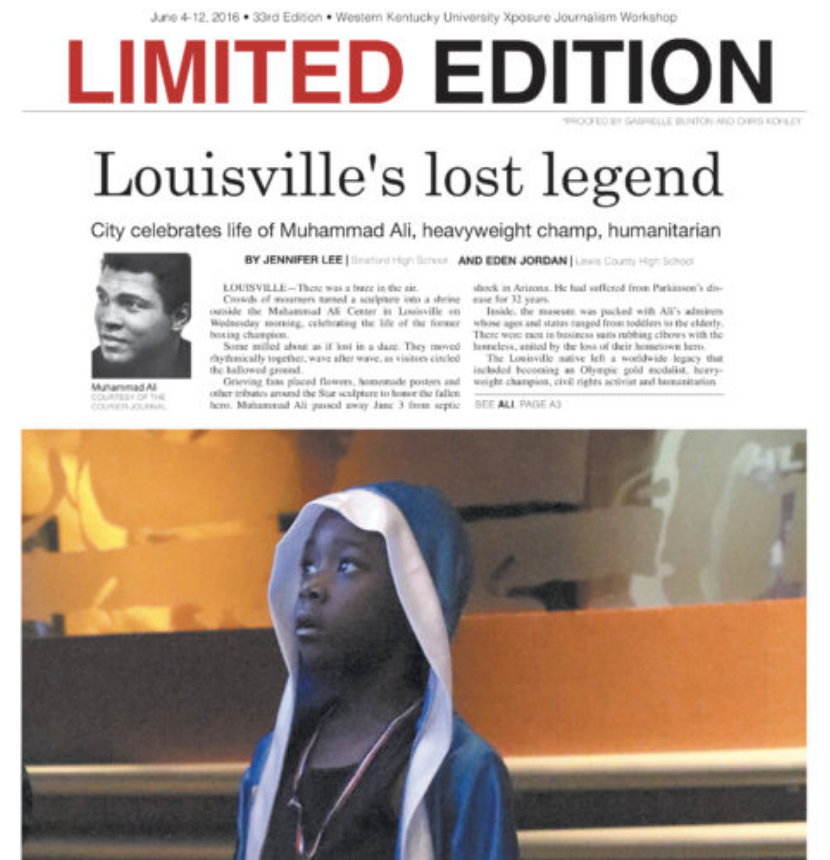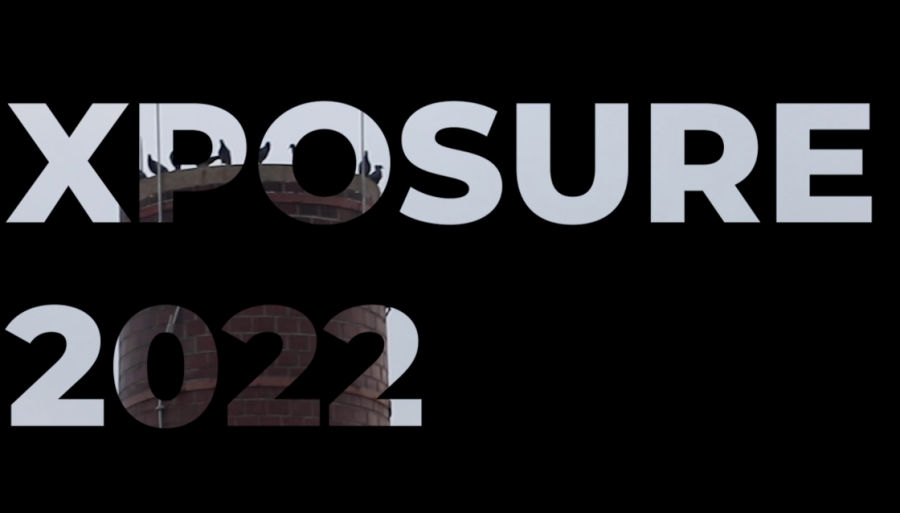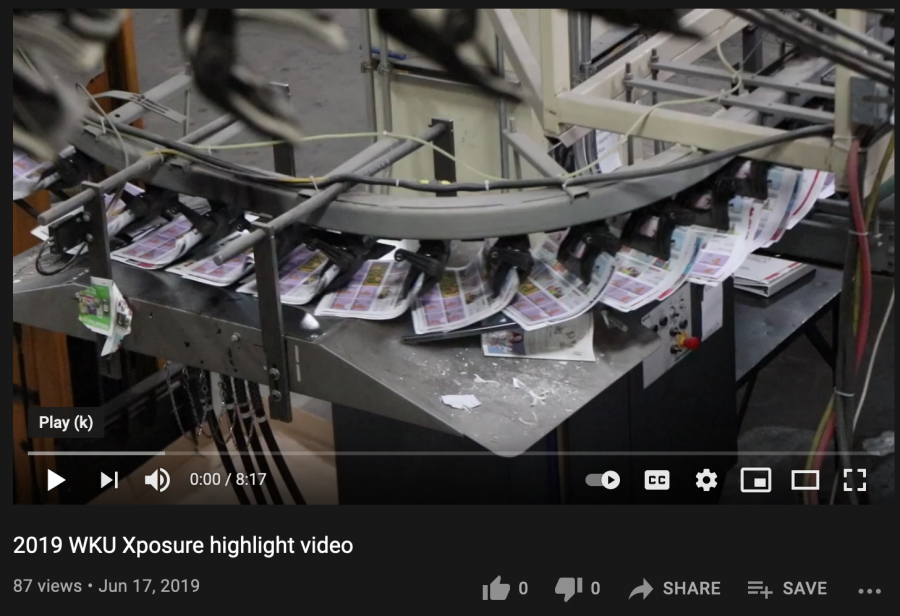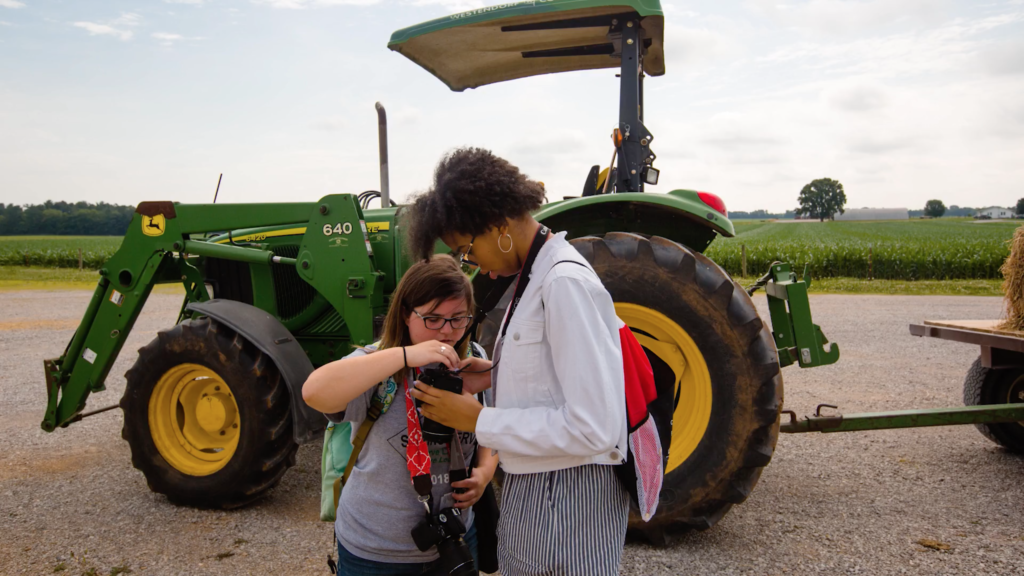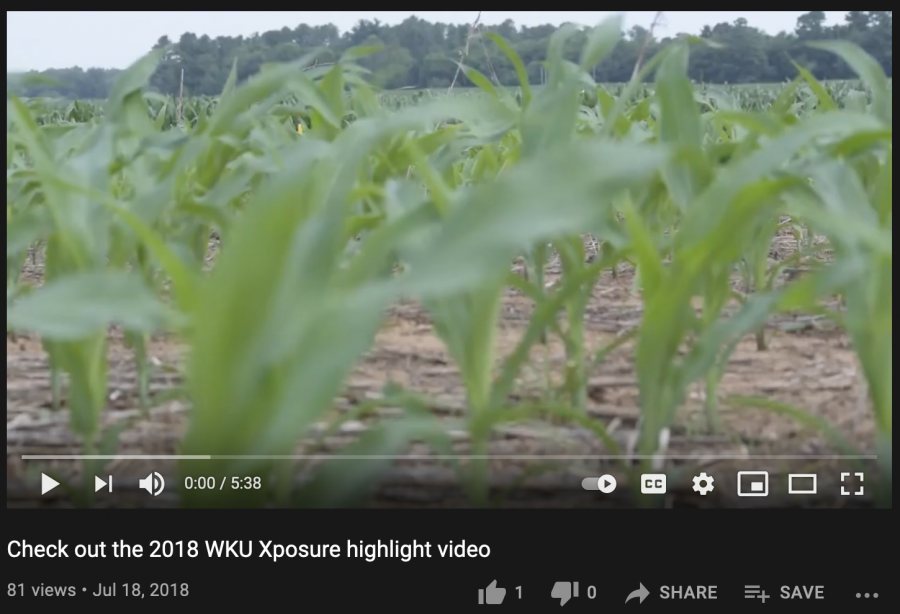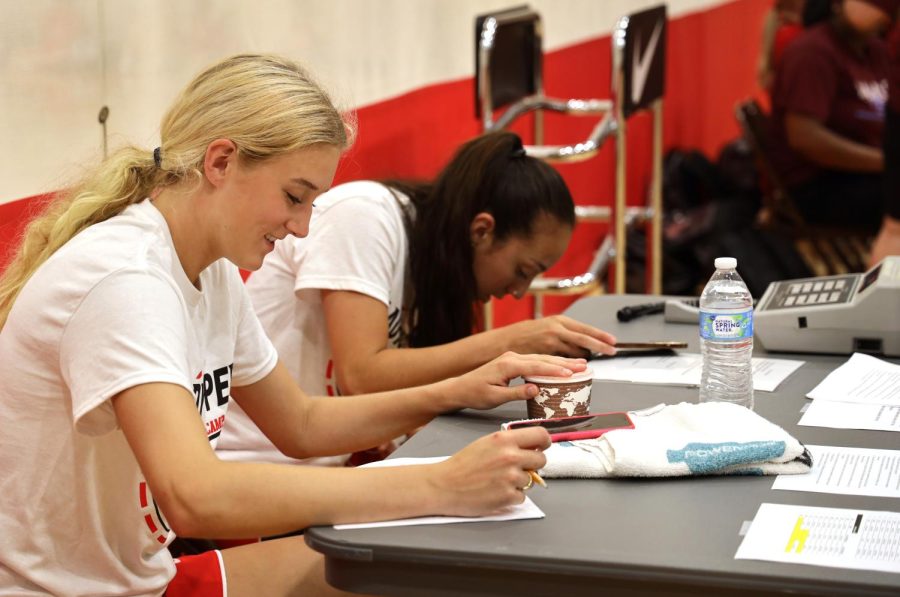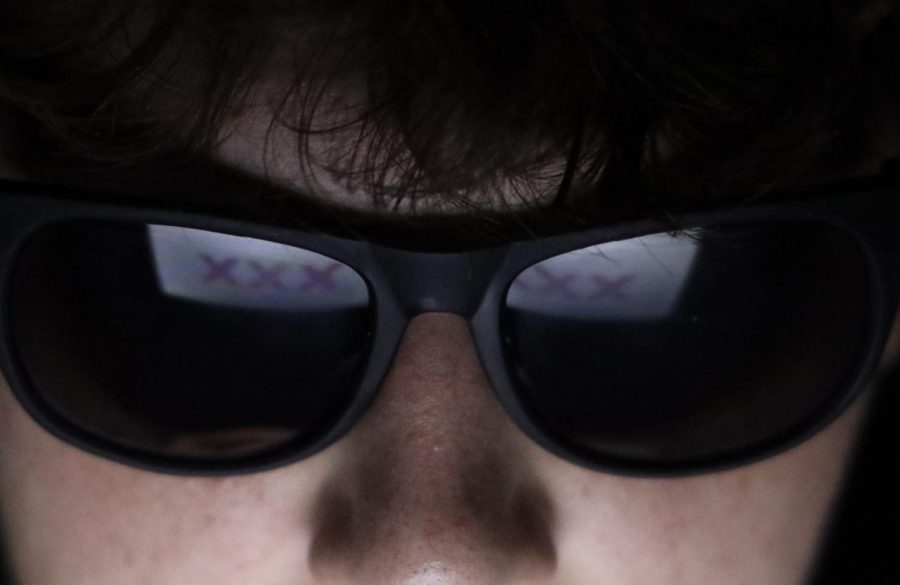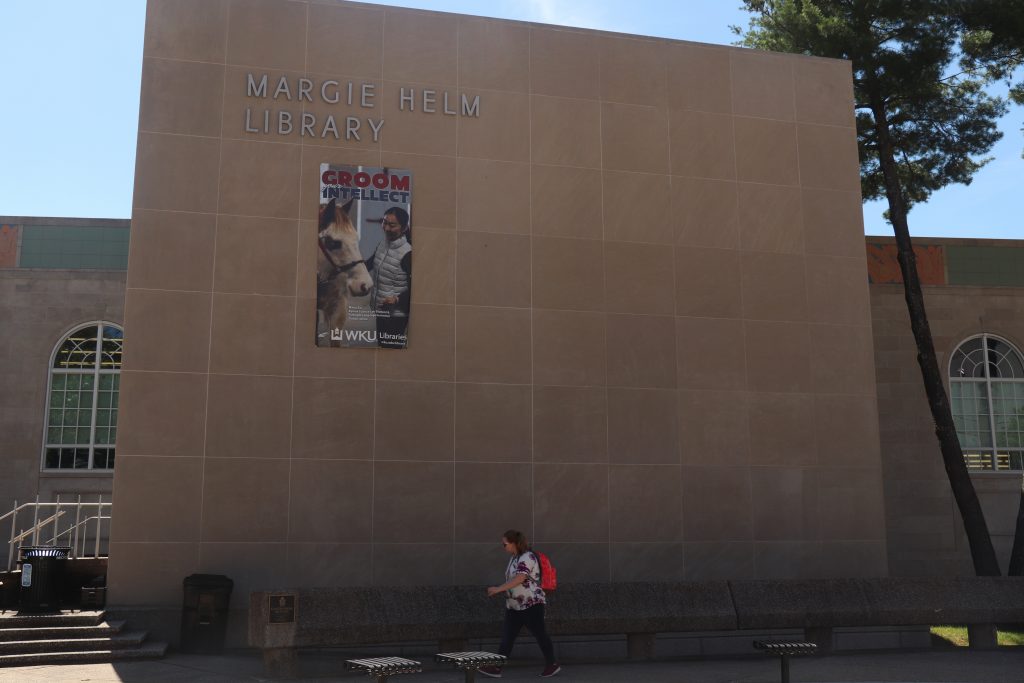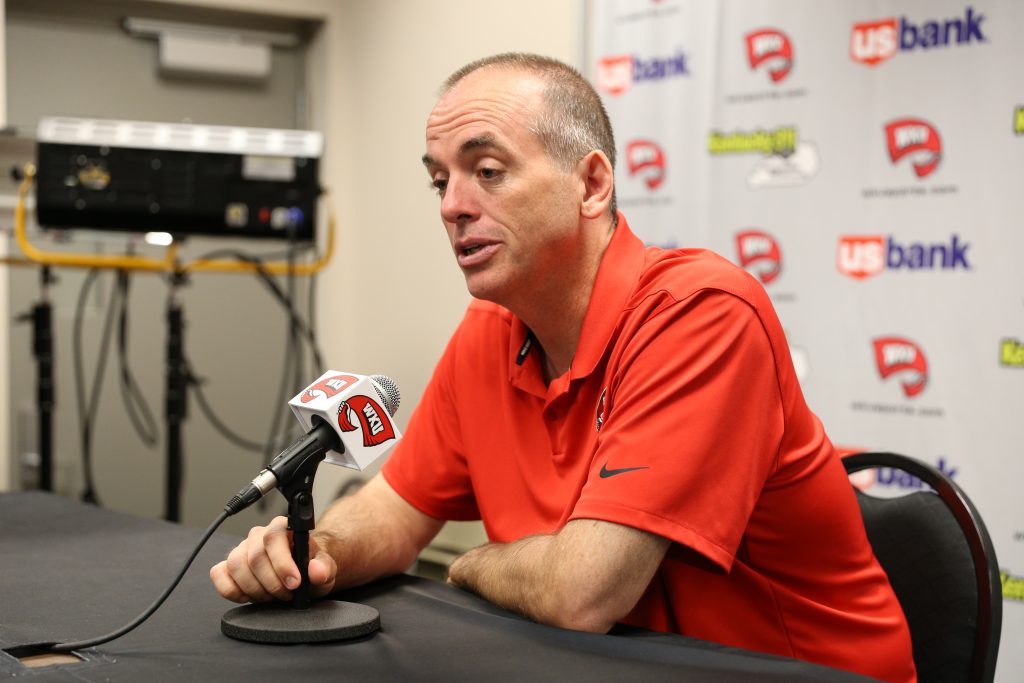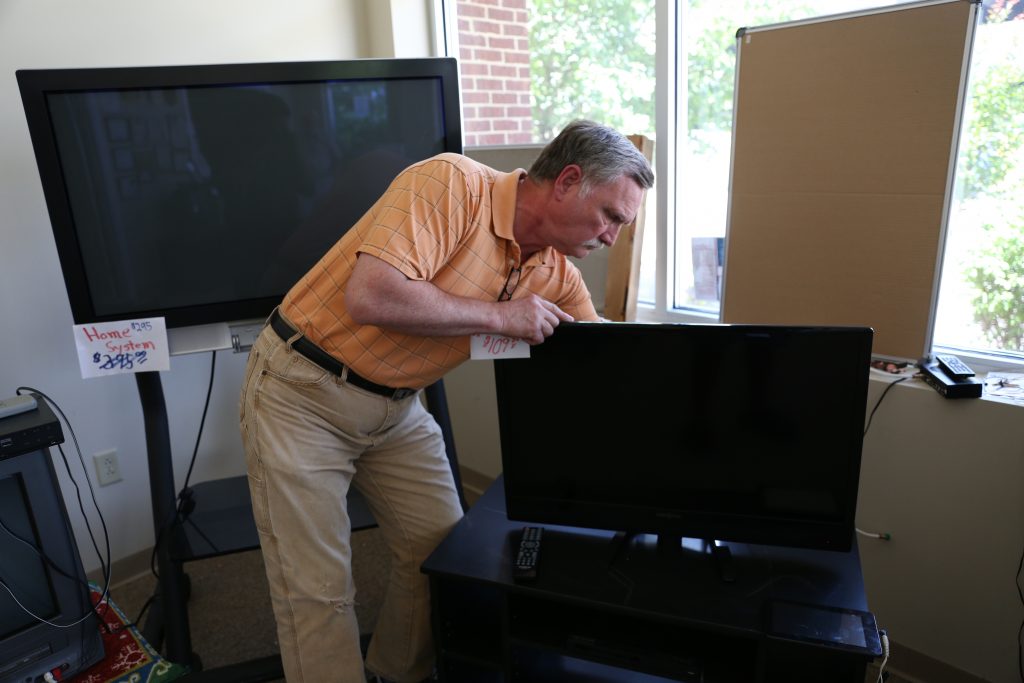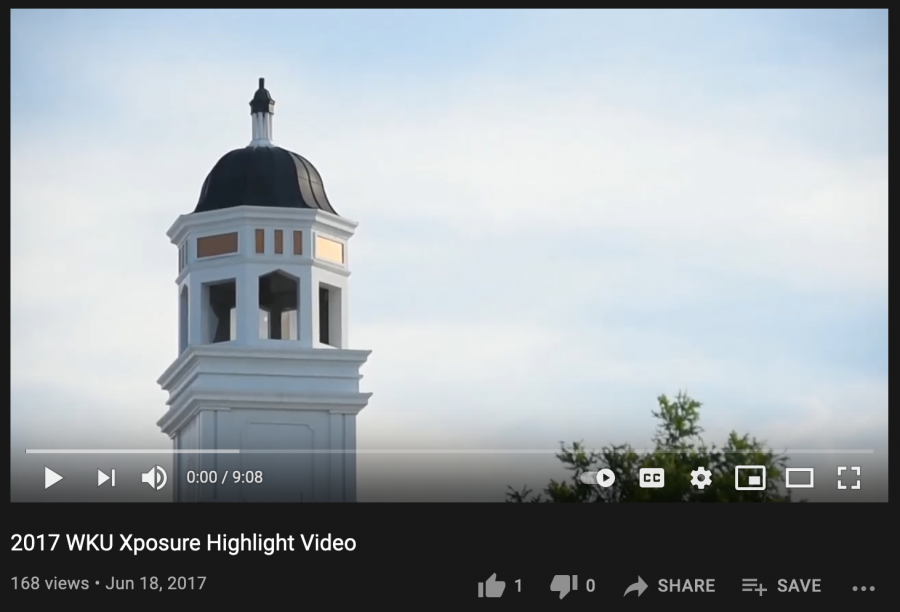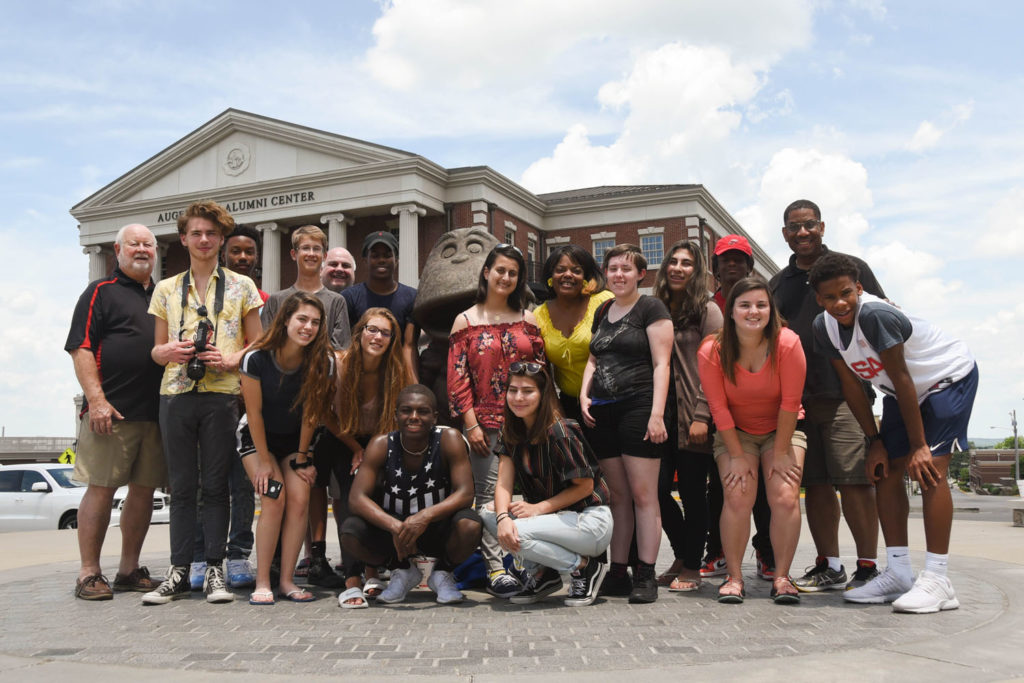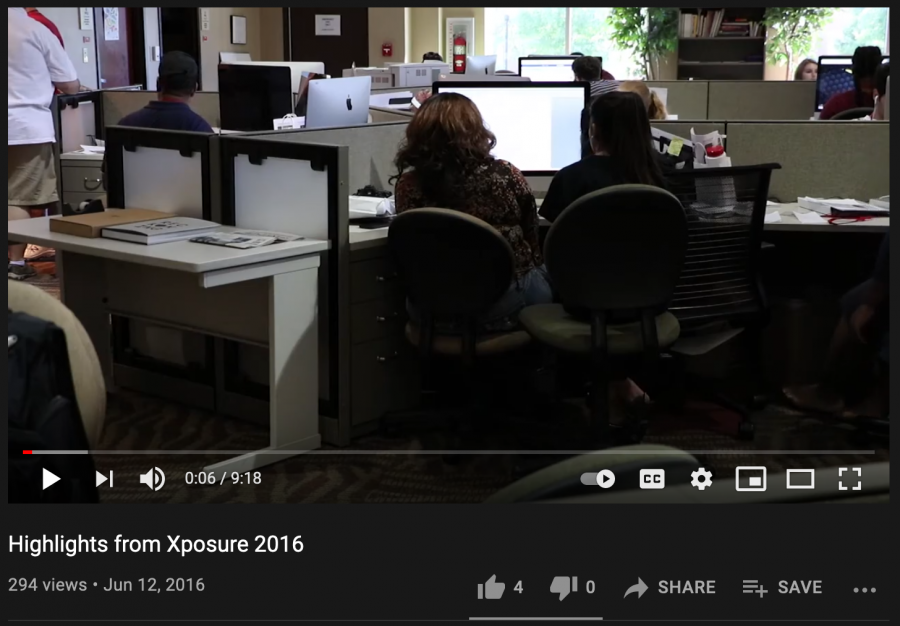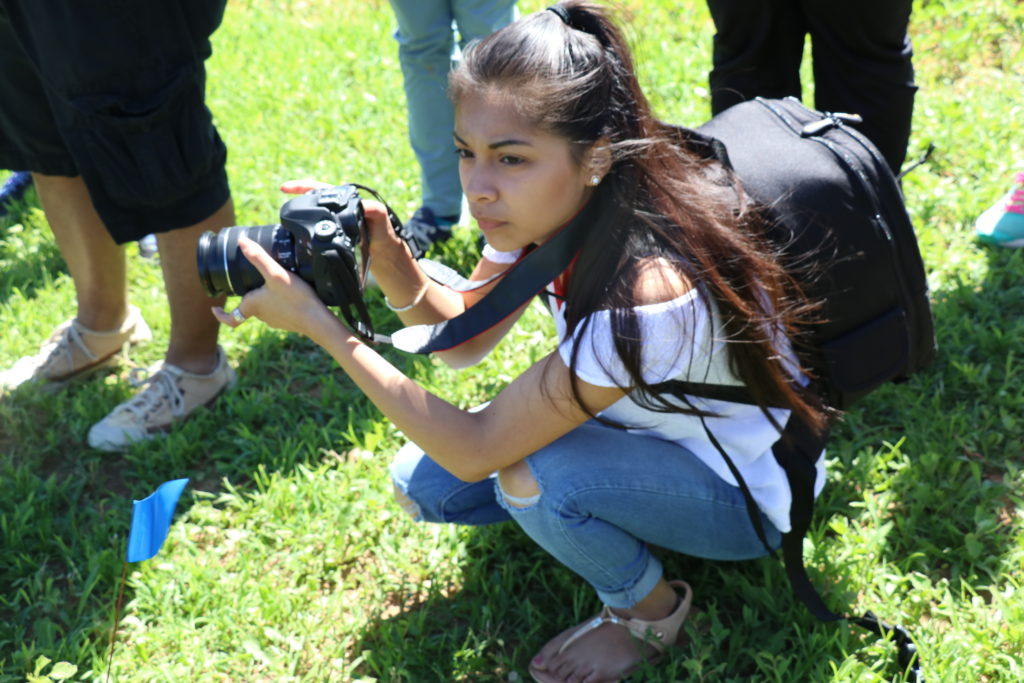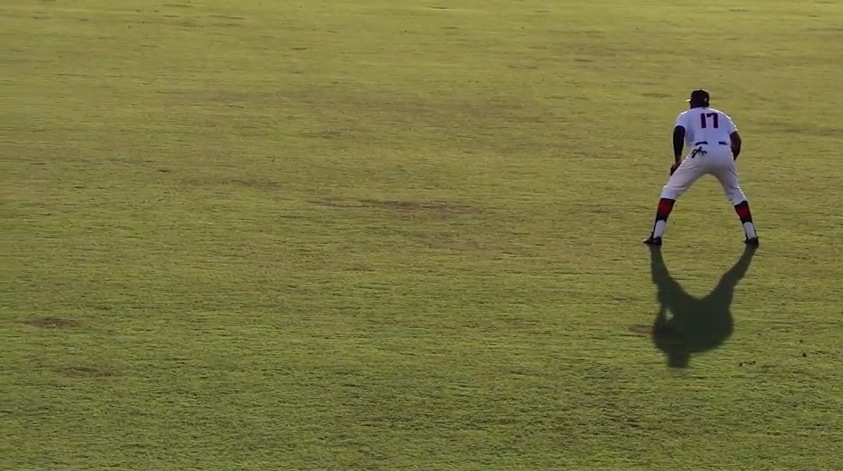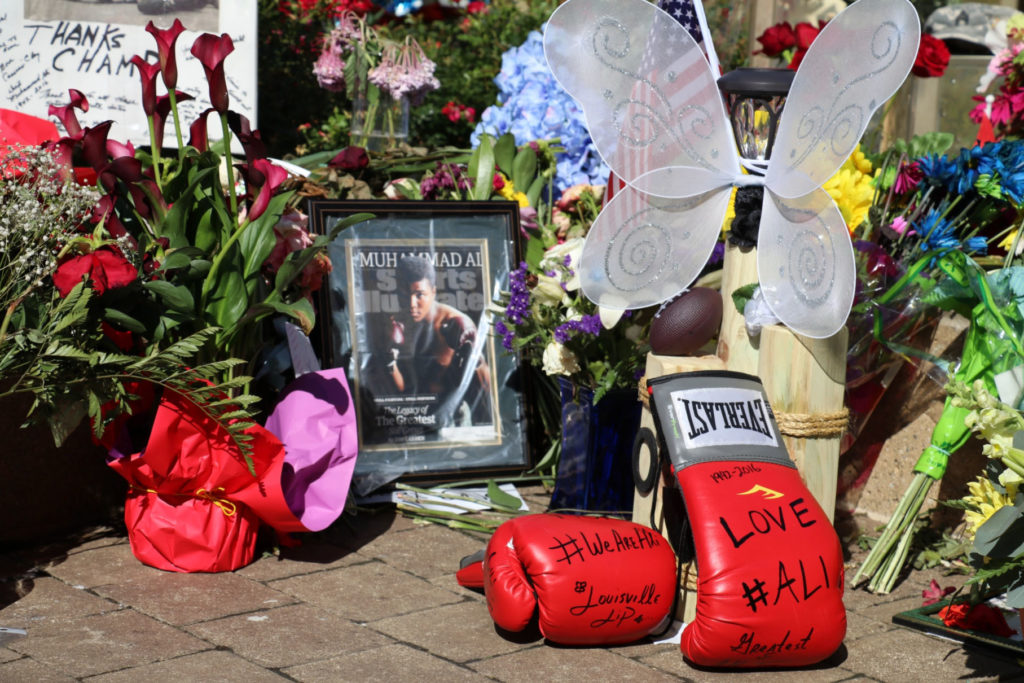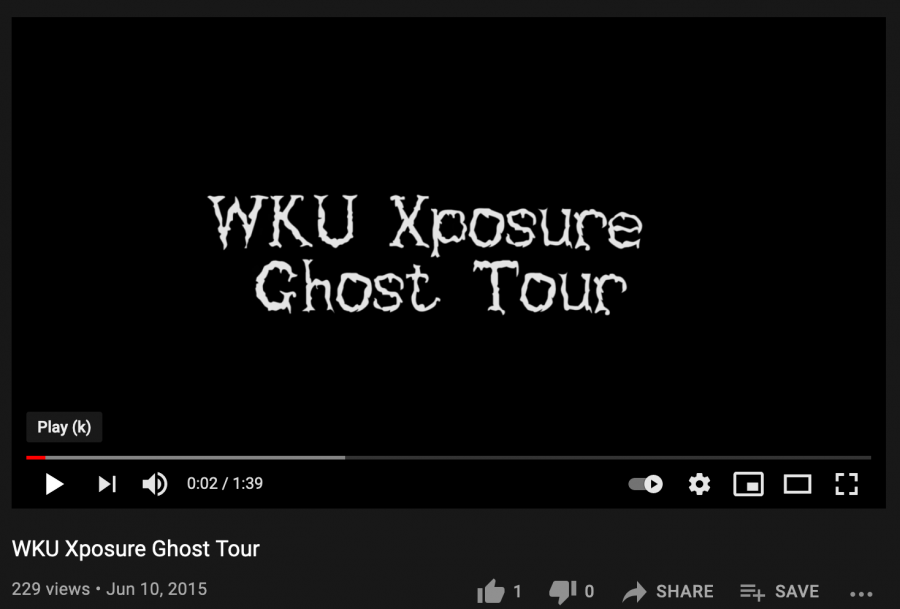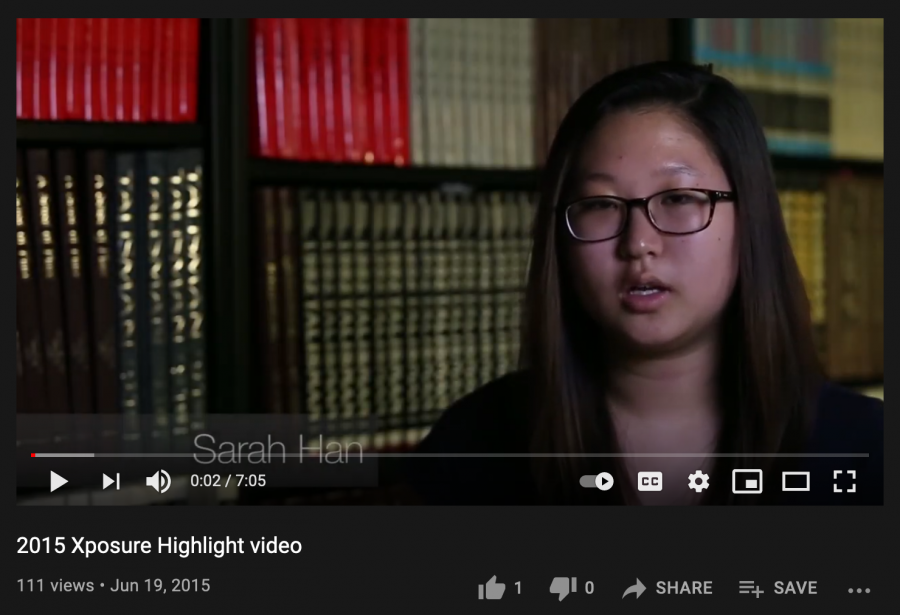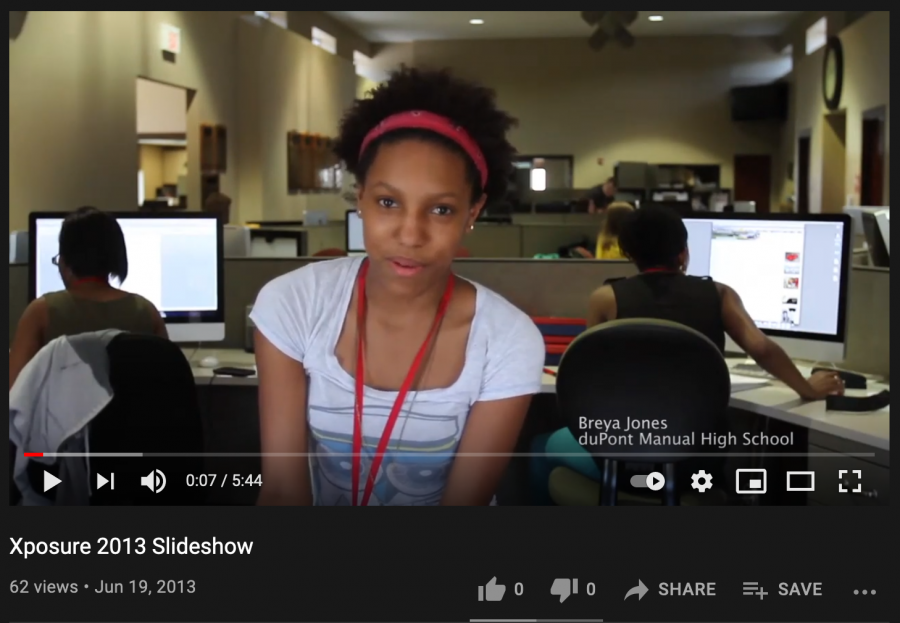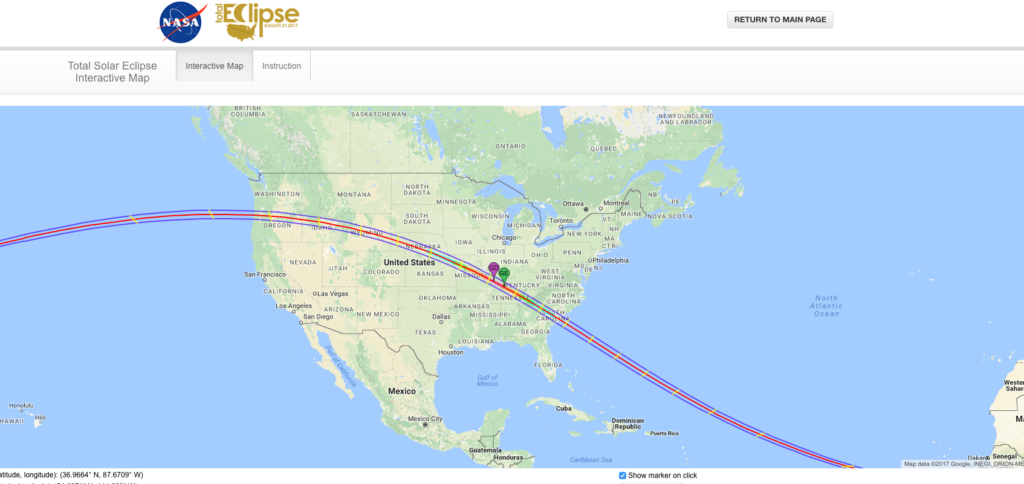By Sarah Yaacoub, Gatton Academy
On Monday, Aug. 21, a total solar eclipse will be visible from the continental United States for the first time in 38 years. For some cities, it will last as long as 2 minutes and 40 seconds. For Western Kentucky University, it will last 59 seconds.
But that minute will be a big deal.
WKU Student Activities Director Charley Pride estimated the university would spend about $15,000 on the on-campus events for WKU students occurring on the day of the eclipse. Richard Gelderman, director of the Hardin Planetarium, said the university — particularly the physics and astronomy department— has been preparing for the eclipse for more than a year and is working through the summer to make sure everything is in order.
Why put so much time and effort into an occurrence with a payoff lasting less than a minute? What’s so special about this eclipse? After all, according to the National Aeronautics and Space Administration, two to three solar eclipses take place every year, so this isn’t a terribly unusual occurrence.
The answer lies in totality. Partial eclipses, in which the moon only partially obstructs Earth’s view of the sun, occur relatively frequently. But total eclipses conceal the sun completely and are rare. Globally, they’ve occurred only 12 times since the turn of the millennium, and they’re unique events.
During a total eclipse, the area affected goes dark for the length of totality, and sunset, which normally takes 60 to 90 minutes, occurs in two to three. It’s a rarity, but more than that, it’s a spectacle – it muddles our daily routines and shocks our circadian rhythms.
In the words of the Kentucky Transportation Cabinet, the eclipse is a planned natural disaster.
During a total solar eclipse, the moon completely obstructs the view of the sun from a specific path along which it follows. The sky goes dark, and daylight vanishes, leaving only a glowing crown along the circumference of the moon and, on a clear day, stars. It’s night in the middle of the day, a strange but sensational event that one must see to comprehend fully.
In fact, when asked to describe the experience of seeing a total solar eclipse, Gelderman refused, saying there was no way he could do the event justice, and it wouldn’t be fair to try.
“When you get there, it will be so much more than anything you’ve seen or heard about,” Gelderman said. “It’s like visiting the Grand Canyon after seeing it in pictures. You can’t imagine it.”
Marco Garcia, 17, agreed that eclipses are indescribable phenomena, which is why he thought it important that those who can view the total eclipse this August do so.
“It was one of the coolest things I’ve ever seen,” said Garcia, a rising Gatton Academy senior and observer of a total solar eclipse in Seychelles. “People can always tell you what it’s going to look like, but it’s another thing entirely to actually see the halo around the moon.”
He was referring to the corona, the outermost layer of the sun, composed of hydrogen gas and only visible during the brief moments of totality.
Bowling Green residents and others who live near a point of totality are encouraged to make the trip to the nearest location with a clear view of the total eclipse, if possible.
However, because the Warren County population is expected to roughly double from the influx of people seeking an optimal viewing spot, arriving early is a good idea to avoid traffic and find parking more easily.
The WKU campus is expected to be extremely crowded that day, with more than 10,000 schoolchildren expected to visit campus for the special eclipse educational programming and to view in the football stadium. Between 2,000 and 3,000, WKU students are expected to congregate on the South Lawn from 10 a.m. to 4 p.m. to celebrate the eclipse since their first day of classes is postponed until 4:30 in observation of the solar eclipse.
What is a total solar eclipse?
Solar eclipses happen when the moon moves between Earth and the sun. In a total solar eclipse, the moon completely covers the sun, and the sun’s outer atmosphere can be seen.
How to Watch
- Looking directly at the sun, be it in broad daylight or during the partial stages of a solar eclipse, can cause severe eye strain and retinal scarring.
- Use appropriate eye protection to prevent permanent ocular damage. While sunglasses are not suited for looking at an eclipse, the astronomy department has ordered over 100,000 NASA-approved solar viewers, and on the day of the eclipse, they will be distributed on the South Lawn at no cost to those with WKU IDs.
- Solar viewers for people unaffiliated with the university sell for $3 each.• While eye protection should not be worn during the period of totality, eclipse viewers must wear them during the first and fourth contacts (the time leading up to and following the total eclipse), as the sun will remain visible and harmful to the naked eye until it is fully concealed by the moon.


